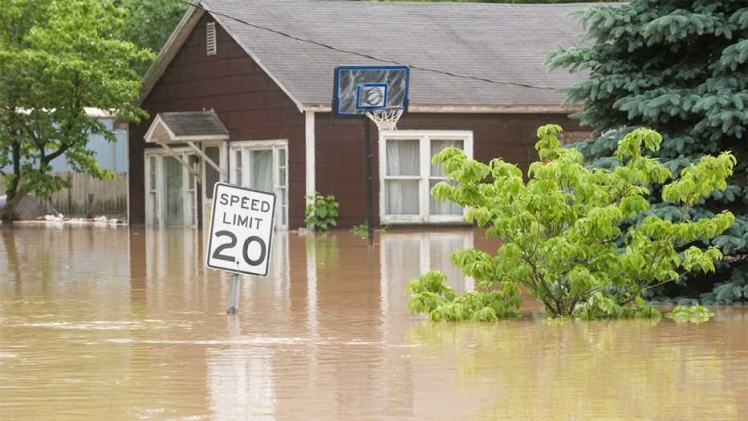Floods have the potential to be devastating, causing widespread damage to residences and communities. After the waters subside, the journey to recovery may appear overwhelming. Nevertheless, by implementing effective strategies and having a well-defined flood restoration plan, you can successfully rehabilitate your property and return to normalcy.
In this comprehensive guide, we’ll take you through the essential flood restoration strategies to help you rebuild and recover.
1. Safety First:
The first and foremost concern during a flood is safety. Before embarking on restoration efforts, ensure that the floodwaters have entirely receded and that the area is safe. Consider the following safety precautions:
Ensure the electricity supply is disconnected to prevent electrical hazards.
Use appropriate protective gear like gloves, masks, and rubber boots to protect against contaminants in the water.
Beware of structural damage to your property.
2. Document the Damage:
Before beginning restoration, thoroughly document the damage for insurance claims. Take photographs and make a detailed list of the affected items and structural damage. Contact your insurance provider to start the claims process promptly.
3. Water Removal:
Promptly eliminate standing water from your property to minimise damage. You can achieve this through the use of pumps, wet/dry vacuums, or by seeking assistance from professionals. The longer water persists, the greater the potential for damage.
4. Assess and Remove Contaminated Materials:
Floodwaters can carry harmful contaminants, including sewage and chemicals. Identify and remove irreparable materials, such as soaked drywall, insulation, and flooring; this will prevent mould growth and safeguard your health.
5. Mold Prevention:
Mould can increase in a damp environment. Properly dry the affected areas with dehumidifiers, fans, and adequate ventilation. Clean and disinfect surfaces to prevent mould growth.
6. Restore Electrical Systems:
Have a qualified electrician inspect and repair your electrical system before reconnecting the power. Water damage can compromise electrical safety.
7. Insulation and Drywall Replacement:
Replace insulation and drywall that sustained damage by the flood. Ensure proper installation to prevent future moisture problems.
8. Flooring Replacement:
Replace flooring, which is often one of the most damaged elements during a flood. Consider more water-resistant options like tile or vinyl for future prevention.
9. Repair and Restore Furnishings:
Assess and repair or replace damaged furniture, appliances, and personal belongings. Upholstered items may need professional cleaning.
10. Structural Inspection:
Have a structural engineer inspect your property for hidden damage. Address any foundation or structural issues to ensure long-term safety.
11. Upgrade Flood Protection:
Consider flood-resistant building materials and techniques for future protection. Install flood barriers, sump pumps, and elevation techniques to minimise damage in future floods.
12. Landscaping and Drainage Improvements:
Enhance your property’s landscaping and drainage systems to divert water from your home. Properly graded landscapes and the installation of French drains can be effective in flood prevention.
13. Monitoring and Preparedness:
Stay informed about weather conditions and be prepared for future floods. Create an emergency plan for your family and have essential supplies on hand.
In conclusion, flood restoration is a challenging process. Still, with the right strategies and a clear plan, you can effectively recover from the aftermath of a flood. To safeguard against future calamities, contemplate bolstering your flood defences, engaging in vital landscaping and drainage enhancements, and nurturing a culture of preparedness.
Prioritising safety, documenting damage, and following a systematic restoration process are crucial in restoring your property and reducing the risk of future harm; also, contacting your insurance provider is the initial step toward financial recovery. Remember that professional assistance may be necessary in many stages of the restoration process, so don’t hesitate to seek expert help when needed.

